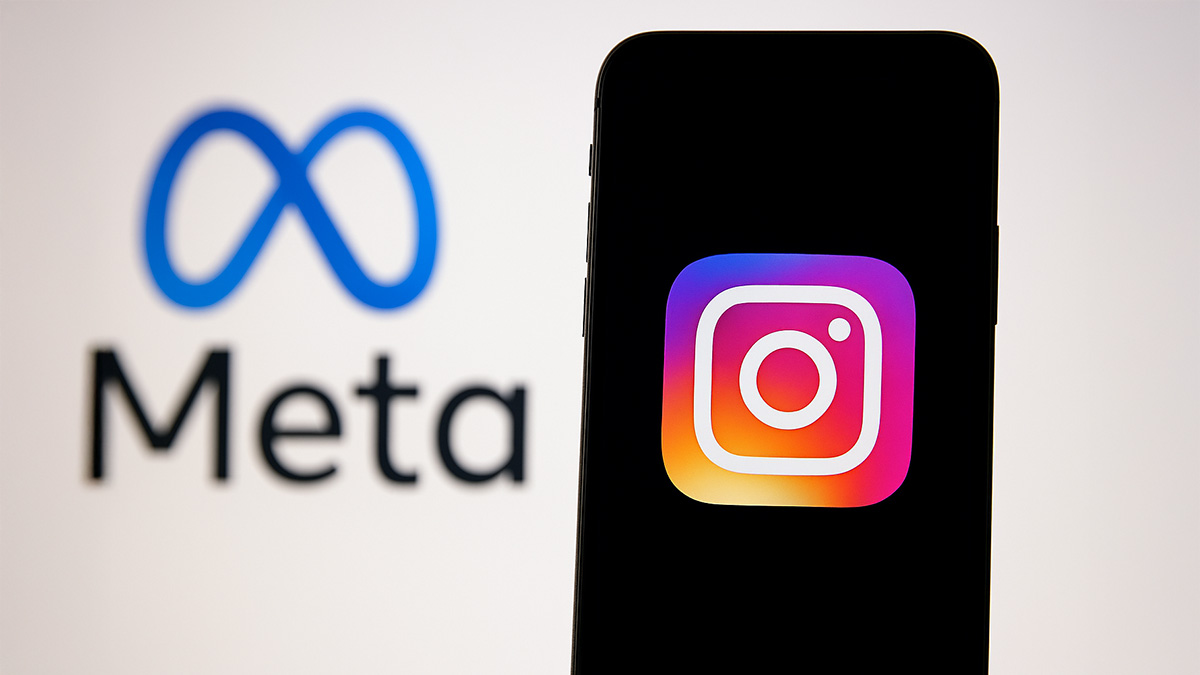Description
In general Web Share API [https://w3c.github.io/web-share/] allows users to share links from the browser via 3rd organization applications (e.g. message and messaging apps). The problem is that file: strategy is allowed and erstwhile a website points to specified URL unexpected behaviour occurs. In case specified a link is passed to the navigator.share function an actual file from the user file strategy is included in the shared message which leads to local file disclosure erstwhile a user is sharing it unknowingly. The problem is not very serious as user interaction is required, nevertheless it is rather easy to make the shared file invisible to the user. The closest comparison that comes to head is clickjacking as we effort to convince the unsuspecting user to execute any action.
Below are the steps to reproduce the issue:
2. Click “Share it with friends!”
3. choice the method (e.g. mail, messages)
4. “Send it” or “Share it” (or just inspect what has been attached)
5. Local /etc/passwd has been sent to the recipient
Sample malicious website tricking users into sharing cat pictures:
The issue exists on both MacOS and iOS, after selecting different methods of sharing we will get different results, any of them are shown below.
MacOS
Mail.app is the first choice appearing on the Web Share options. In this case we get a good consequence due to the fact that due to the fresh lines in the message the victim won’t see the attachment unless he/she scrolls down to the bottom:
Only erstwhile we scroll down we can see the passwd file is actually attached to the email message:
For the Messages app on MacOS it looks more interesting as no filename is displayed:
iOS
Mail.app as with MacOS version does not show the attached file unless we scroll down to the bottom of the message:
Messages for iOS display the filename so it’s not as great:
The Gmail app looks interesting as well due to the fact that the filename got “obfuscated” and does not uncover that we are actually sharing the passwd file:
Proof of Concept
This is the example code utilized for the demonstration:
<html>
<script>
var opts = {text: 'check out this cute kitten! http://somerandomimagewebsite.com/cat.jpg\n\n\n\n\n\n\n\n\n\n\n\n\n\n\n\n\n\n\n\n\n\n\n\n\n\n\n\n\n\n\n\n\n\n\n\n\n\n', url: 'file:///etc/passwd'};
function run() {
navigator.share(opts);
}
</script>
<body>
Check out this cute kitten!
<br/>
<img width="200px" height="200px" src="cat.jpg">
<br/>
<button onclick='run();'>share it with friends!</button>
</body>
</html>
Stealing iOS Safari browsing history
I thought about a more useful script on how this bug could be utilized to extract delicate information as a passwd file is only good for demonstration. It had to be something accessible from Safari app so browser past seemed like a good candidate to exfiltrate. In order to accomplish that we only needed to change the url value to the following:
file:///private/var/mobile/Library/Safari/History.db
Below you can see a video demonstrating stealing user’s browsing past utilizing web share API:
And the PoC code is available here: https://overflow.pl/webshare/poc2.html
Affected software
This was tested on iOS (13.4.1, 13.6), macOS Mojave 10.14.16 with Safari 13.1 (14609.1.20.111.8) and on macOS Catalina 10.15.5 with Safari 13.1.1 (15609.2.9.1.2).
As for present (24/08/2020) there is no fix available.
Disclosure timeline
17/04/2020 – Issue discovered and reported to Apple
21/04/2020 – study acknowledged by Apple, informing they would analyse the issue
22/04/2020 – An updated study containing a tiny clarification was sent
28/04/2020 – Asked for an position update
29/04/2020 – Received a answer that the study is being analyzed
11/05/2020 – Asked for an position update
13/05/2020 – Apple answer that they are inactive investigating and have no updates on the issue
11/06/2020 – Asked for a position update, no reply
02/07/2020 – Asked for a position update, no reply
13/07/2020 – Asked for a position update, no reply
21/07/2020 – Asked for a position update and if Apple needs more time to address the issue as I informed that I intend to print information about this case after 24/07/2020 if there is no answer / no objections from Apple side to make it public.
23/07/2020 – Apple responded they are investigating and will follow up as shortly as they have an update
02/08/2020 – Asked for a position update and announced disclosure to be on 24/08/2020
14/08/2020 – Apple replied asking not to print the details as they plan to address the issue in the Spring 2021 safety update
17/08/2020 – Replied that waiting with the disclosure for almost an additional year, while 4 months already have passed since reporting the issue is not reasonable
24/08/2020 – This post has been published











